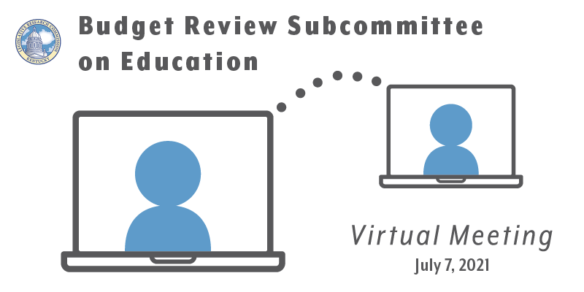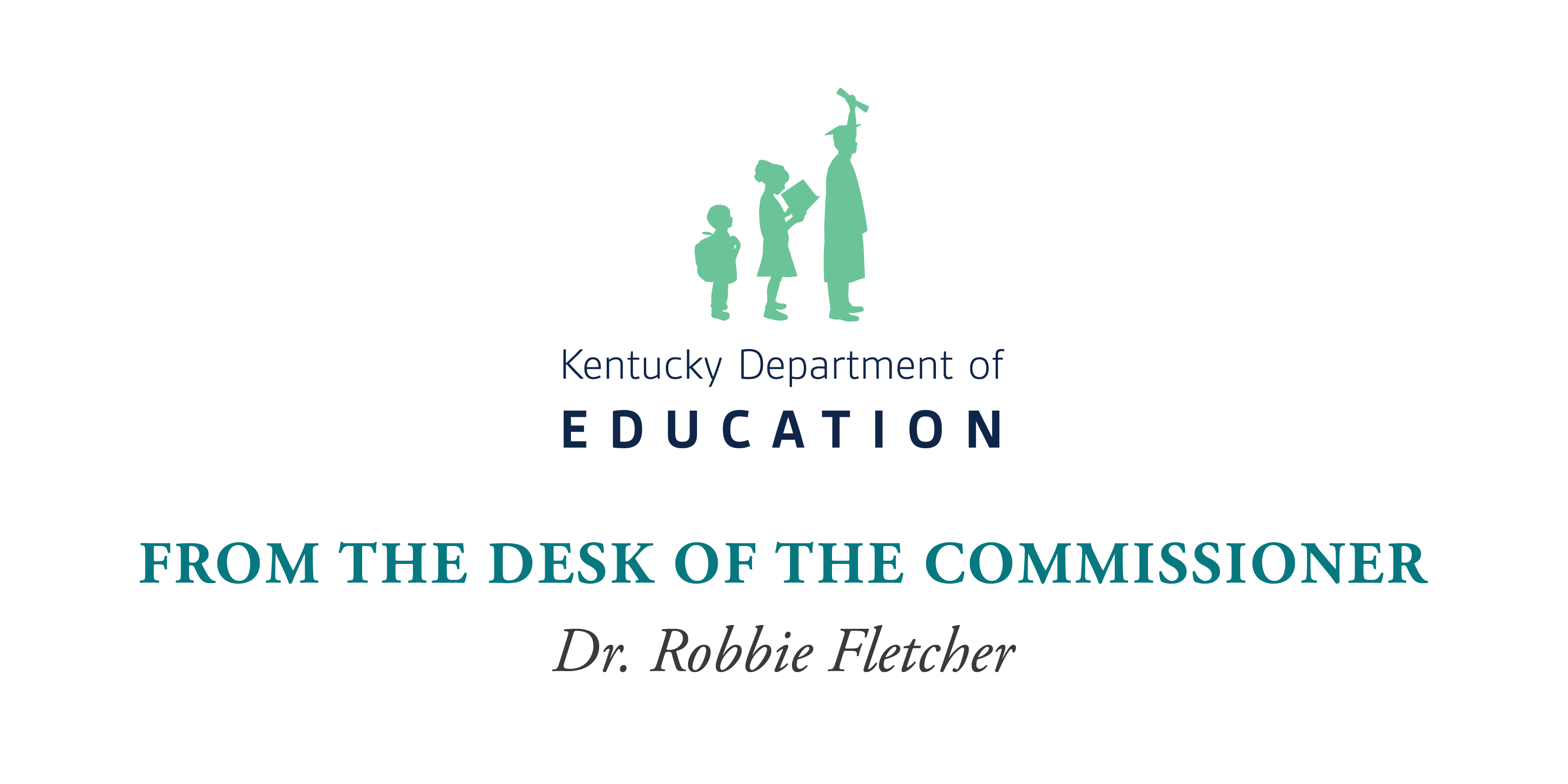
- Rockcastle County Schools drew more than 600 children to an academic and social summer camp.
- Daviess County greatly expanded its mental health services and can maintain its new hires through Medicaid reimbursement.
By Jim Gaines
jim.gaines@education.ky.gov
Education officials addressed the General Assembly’s Interim Joint Budget Review Subcommittee on Education on July 7, describing how federal COVID-19 relief funding is being used across the state.
Money for schools has come from multiple sources, including Elementary and Secondary School Emergency Relief (ESSER) rounds I and II , American Rescue Plan (APR) ESSER funds, two rounds of Governor’s Emergency Education Relief (GEER) funding, and Emergency Assistance for Non-public Schools (EANS), said Robin Kinney, associate commissioner in the Kentucky Department of Education (KDE) Office of Finance and Operations.
“These funds are very flexible in nature, and so we thought it best for you to hear from some of the folks who are really implementing them at the local level,” she told committee members.
Kentucky is receiving $3.1 billion from three rounds of ESSER funding, plus $30 million from GEER I and more from GEER II, Kinney said. The KDE is administering $82 million from two rounds of EANS funding, though only the first $40 million round has been received so far, she said.
The dates by which the money from all these sources must be used are staggered from Sept. 30, 2022, through Sept. 30, 2024. Funding can be used retroactively for expenses back to March 13, 2020, Kinney said.
The money must be used to prevent, prepare for and respond to effects of COVID-19 on education, she said. One important and frequent use is buying technology to equip schools and students for remote learning. Other major areas of expenditure are mitigating learning loss and supporting mental health, Kinney said.
Almost 80% of ESSER I funds already have been used, she said. Less has been spent from ESSER II funds, and districts are preparing spending plans in anticipation of receiving ARP ESSER funds, Kinney said.
Eighty-two percent of GEER funding has been spent on technology and food services, she said.
The ESSER II and ARP ESSER allocations required a 10% state set-aside, totaling $92.8 million, Kinney said. Much of that money was distributed to the Kentucky School for the Deaf, Kentucky School for the Blind, area technology centers and other statewide programs, she said. But $38 million of that amount was made available to school districts if they met certain student support and instruction criteria.
The committee chair, District 23 Rep. Steve Riley, R-Glasgow, noted that last year the General Assembly passed a bill and allocated funding to expand kindergarten from a half-day to a full day. Kinney said that bill provided $140 million, and all 171 of the state’s public school districts intend to offer full-day kindergarten in the fall.
Frankfort Independent and Rockcastle County
School officials are well aware that ESSER funding isn’t recurring revenue, said Frankfort Independent Superintendent Houston Barber, who also is president of the Kentucky Association of School Superintendents (KASS). They know it needs to make an immediate impact on students, supporting teachers and staff, he said.
The money is being used on a wide variety of programs, providing health protective gear, internet access, mental health services and more, Barber said.
Rockcastle County Schools wanted to serve the “whole child” in summer programs, seeking to catch them up on the academic and social aspects they’d missed during the past year, Superintendent Carrie Ballinger said. Federal funds allowed the district to offer Camp Rock, which drew more than 600 students to a range of activities and counseling, she said. Students were transported and fed daily.
One hundred seventy-five high school students recovered academic credit through the camp, and 18 seniors earned their diplomas, Ballinger said.
The district also used federal funds to develop multiple community partnerships that serve various student needs, she said.
Daviess County
Before COVID-19, Daviess County Schools already had multiple counselors, student assistance coordinators and other mental health supports, said Daviess County Schools Assistant Superintendent Amy Shutt. But Daviess County is a large district, and when the school system implemented Positive Behavioral Interventions and Supports (PBIS), many students with trauma were identified, she said.
The influx of federal funding let Daviess County Schools expand mental health services to meet the already large and growing need, providing more services and with greater speed, Shutt said.
That included hiring more personnel. All the new positions are eligible for Medicaid billing, so they can be sustained when ESSER funds are no longer available, said Daviess County Schools Superintendent Matt Robbins, who is a KASS board member.
Through a partnership with Owensboro Health, the district is serving the needs of school staff too, Shutt said.
On Aug. 3, Daviess County Schools will host its first mental health summit, “Rise Up For Resilience” – a free event for 500 educators, featuring nationally-known speakers, Shutt said.
Johnson County
The past year of figuring out how to effectively teach remotely was very difficult, but allowed school districts to make great improvements in their educational technology, said Johnson County Schools Superintendent Thom Cochran, who also is KASS vice president.
His district could afford those improvements thanks to the infusion of federal relief funds. Prior to March 2020, Johnson County students in grades 3-12 already had Chromebooks, but the youngest students needed them too, Cochran said. Federal funds covered that cost and paid for many online products to assist student learning, he said.
The district bought resources to deal with student learning loss and is using them this summer, Johnson said. He expects those will remain in use, while the remainder of available federal funding will help remove other barriers to student learning.




Leave A Comment